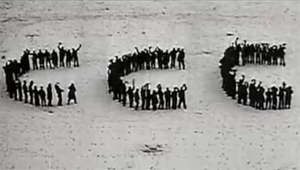Civilian Conservation Corps
From the Collection: The EnvironmentDuring the Great Depression of the 1930s, President Roosevelt’s CCC put 3 million young men to work across America. Living in camps across all 48 states (and the territories of Alaska, Hawaii, Puerto Rico and the US Virgin Islands,) the men of 'the C’s’ created camping areas and hiking trails in State and National Parks, built roads, fought forest fires, constructed dams, and planted 2.3 billion trees — half of the trees ever planted in the U.S. — all for $1 a day. Explore these photos of some CCC boys and their projects.
-
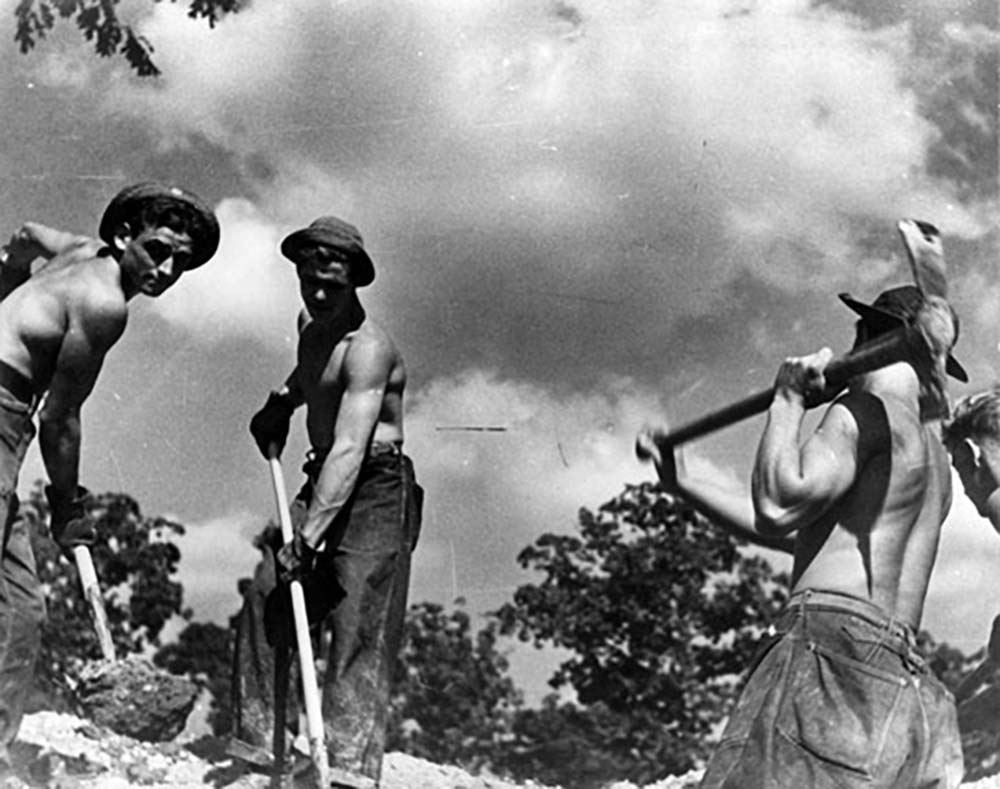
Throughout its existence, the CCC would employ 5% of the total U.S. male population. The program's primary goal was to bring poor young men out of America's urban centers to rehabilitate their health and morale while contributing to their families' economic well being. A secondary goal focused on the country's needs for conservation in forests, farmland and parks.
Credit: Office of War Information Photograph Collection -
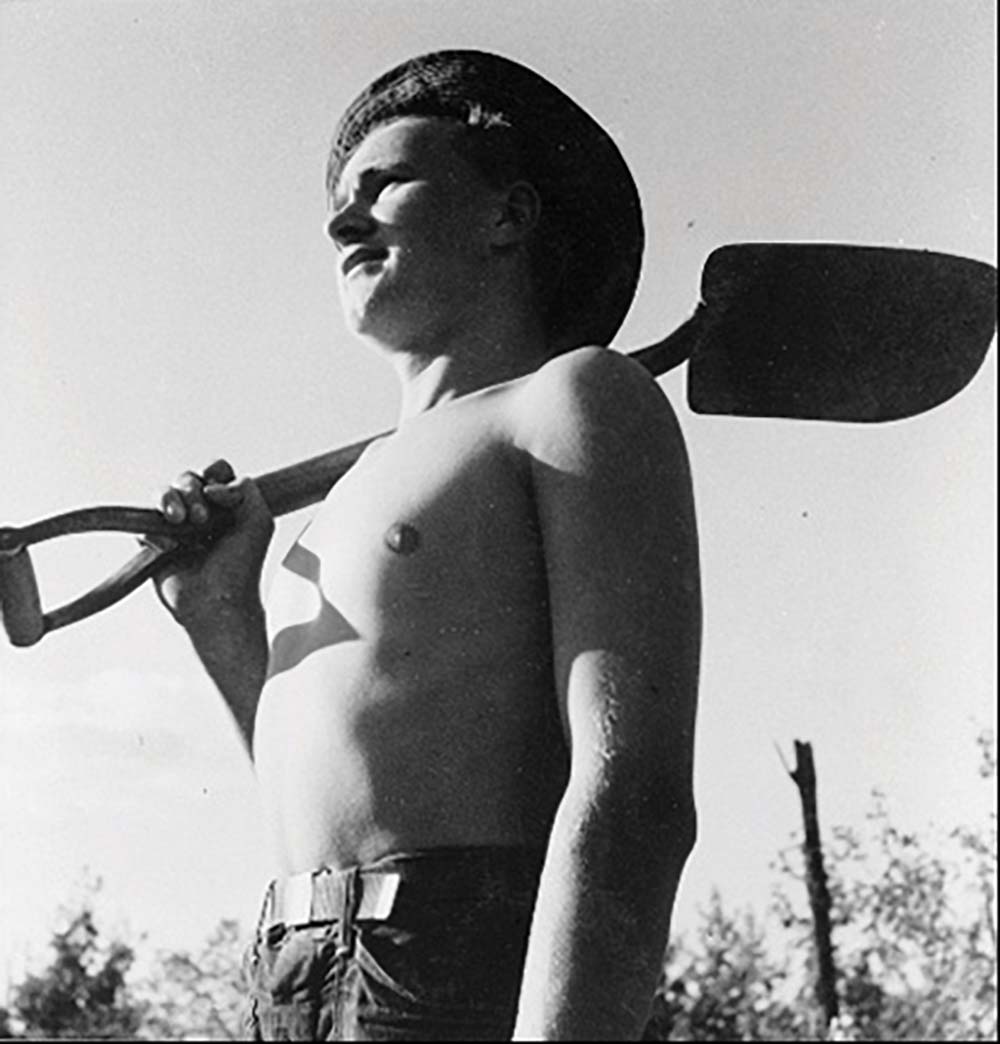
In 1933, enrollees had to be unmarried, unemployed American males between 18 and 25 years old, 5 to 6.5 feet tall, over 107 lbs, and with at least six teeth. The men would receive compensation of $1 a day for a six-month term, with $25 to be sent home and $5 distributed in cash each month.
Credit: Office of War Information Photograph Collection -
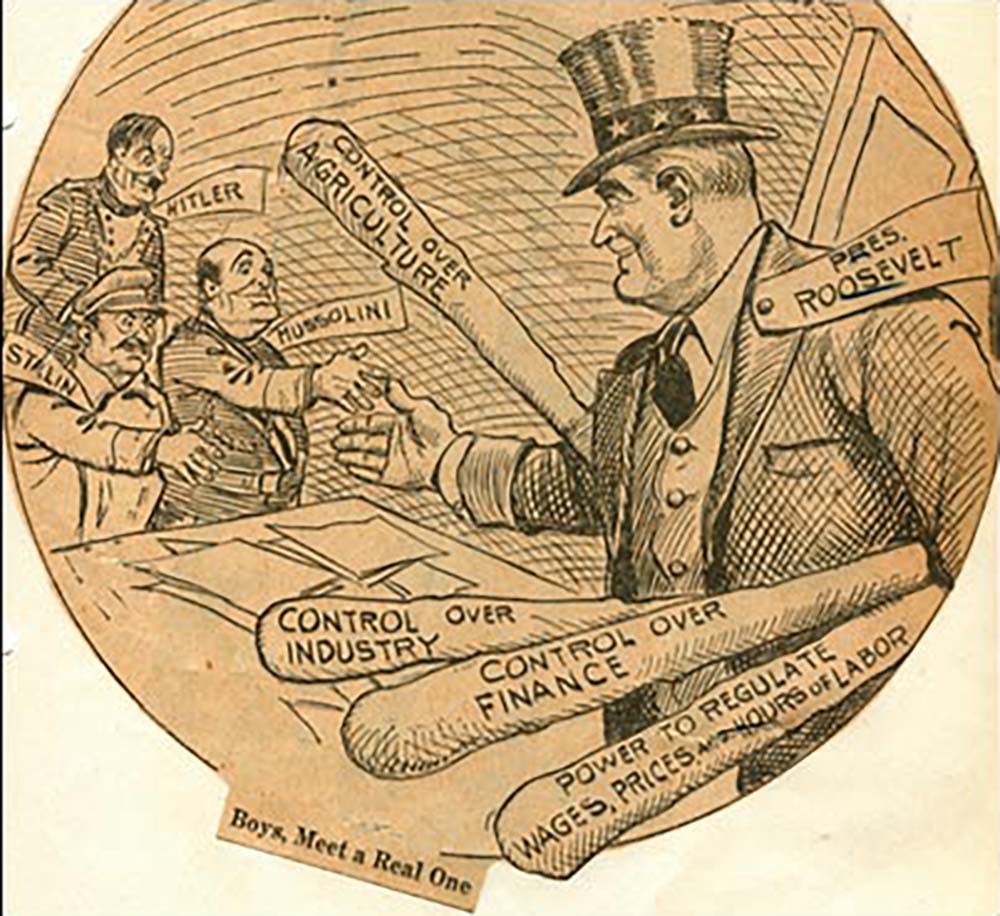
Not everyone supported the idea of the CCC. This political cartoon from June 17, 1933 shows President Roosevelt shaking hands with international socialist leaders as the government assumes control over agriculture. Other people worried about possible militarization of America's youth in the CCC camps.
Credit: Denver Post -
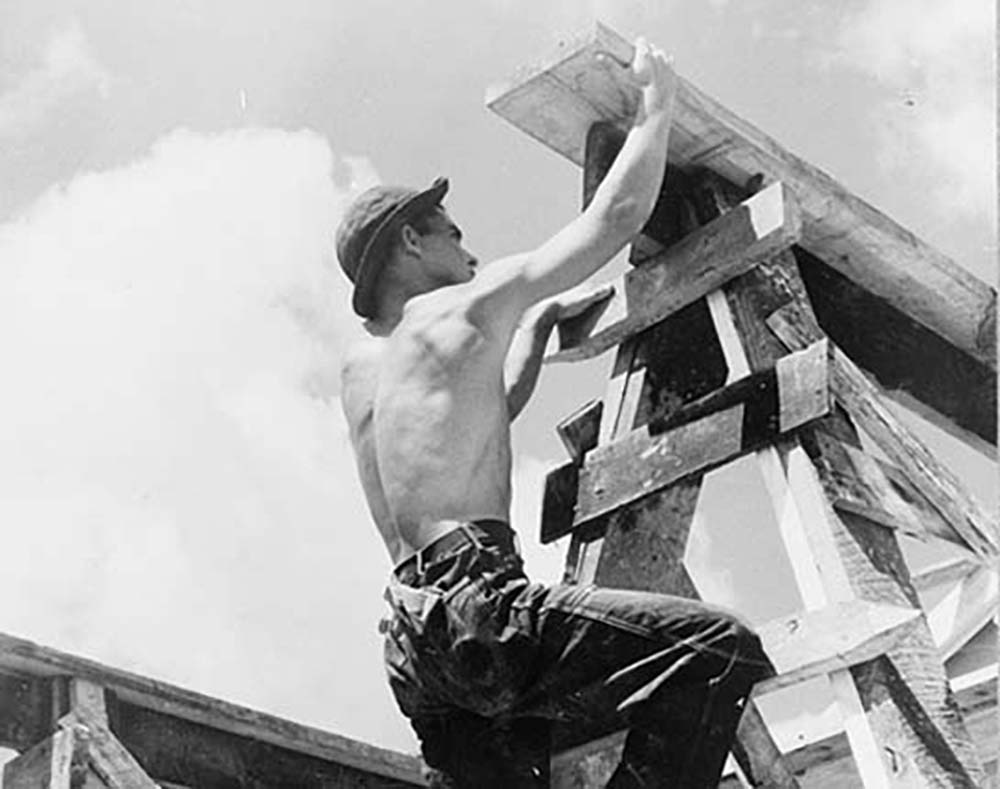
William Cross of Appalachia, VA climbs up on scaffolding while constructing a prefabricated camp workshop building. A standard camp was U-shaped with 24 wood buildings including barracks, administrative buildings, a mess hall, recreation halls, a hospital, a garage and a schoolhouse. Some camps were wired for electricity.
Credit: Office of War Information Photograph Collection -
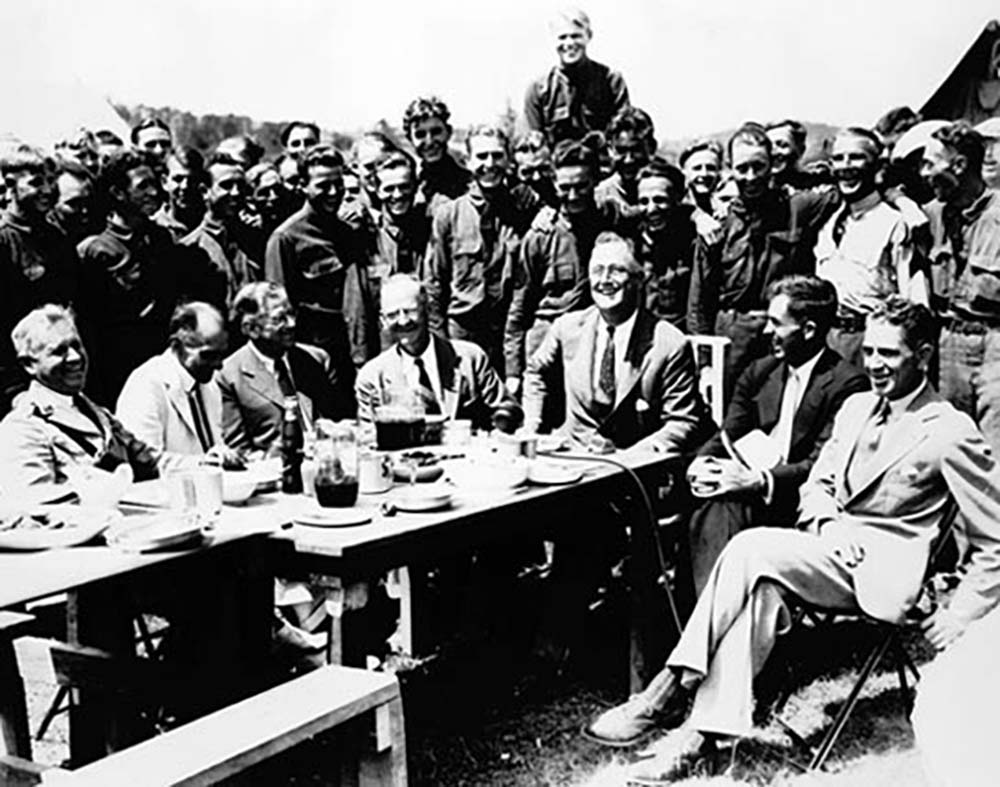
In a publicity stunt designed to gain support for his New Deal programs, President Roosevelt visited CCC camps in Shenandoah Valley on Aug 12, 1933. He ate a steak and potatoes lunch (along with green beans, salad, iced tea and mock apple pie) with the boys on Skyline Drive before shooting a short film in which he talks about the benefits of the young program.
Credit: AP Worldwide -
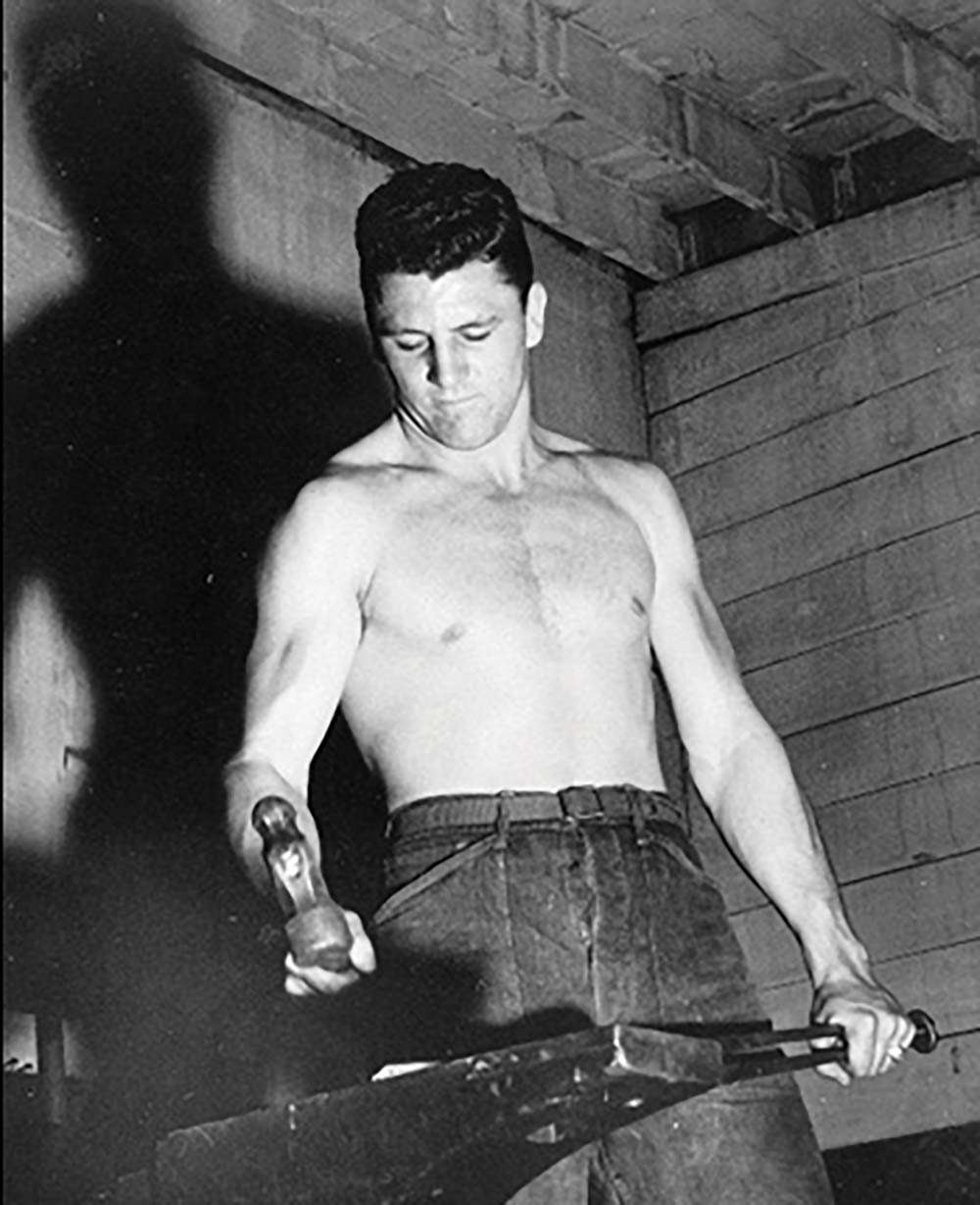
In 1933, the CCC began offering educational programs every evening. More than 90% of all enrollees participated in classes ranging from reading and writing to commercial art, automobile care, engineering, and first aid. This enrollee is forging a piece of steel in a CCC blacksmith shop.
Credit: Office of War Information Photograph Collection -
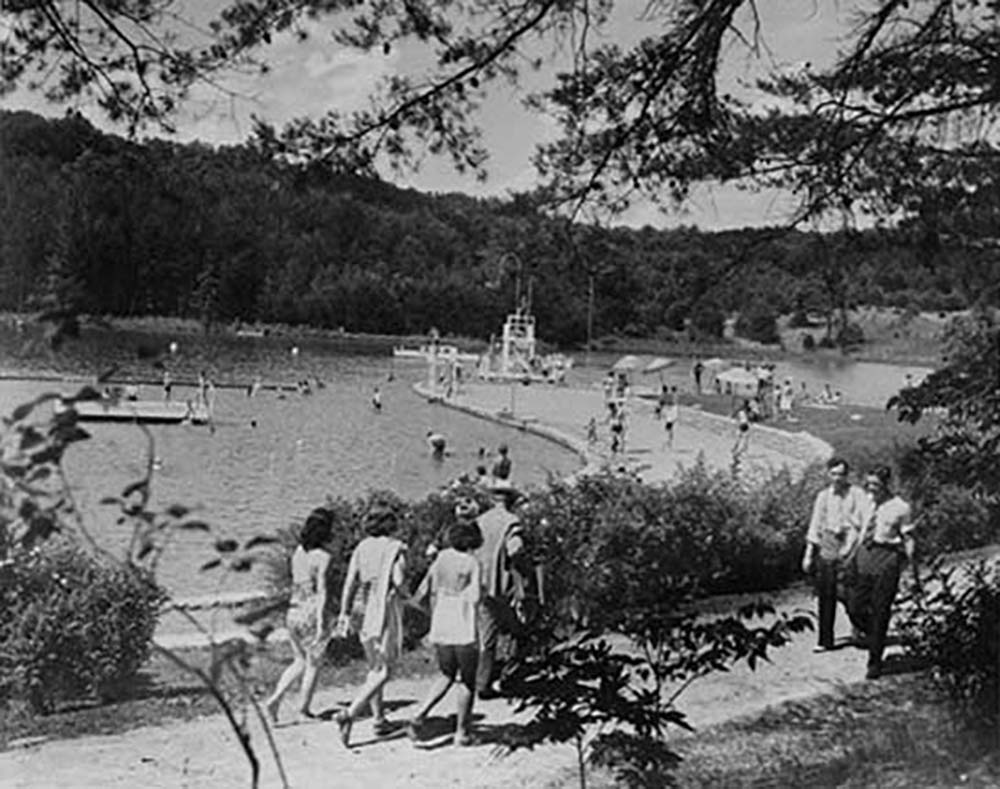
Bathers enjoy the CCC-built diving tower, beach and bathhouse at Big Ridge Lake in Tennessee. Located inside the 3,500-acre Big Ridge Park, the resort also contains a lodge, 19 vacation cabins and a special pool for children. Nearby, Norris Park and Dam were also built by the CCC. The park first opened in May 1934.
Credit: Office of War Information Photograph Collection -
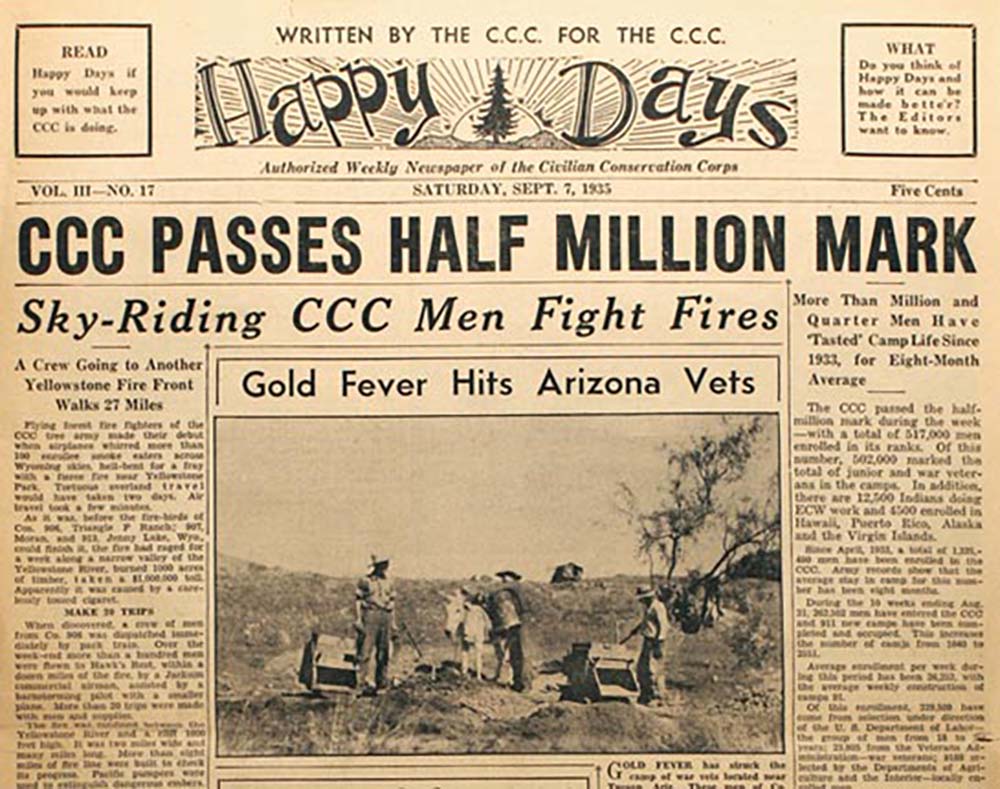
The official newspaper of the CCC, Happy Days was distributed to every camp. Nearly every camp published its own newspaper or newsletter as well. September 7, 1935.
Credit: Public Domain -
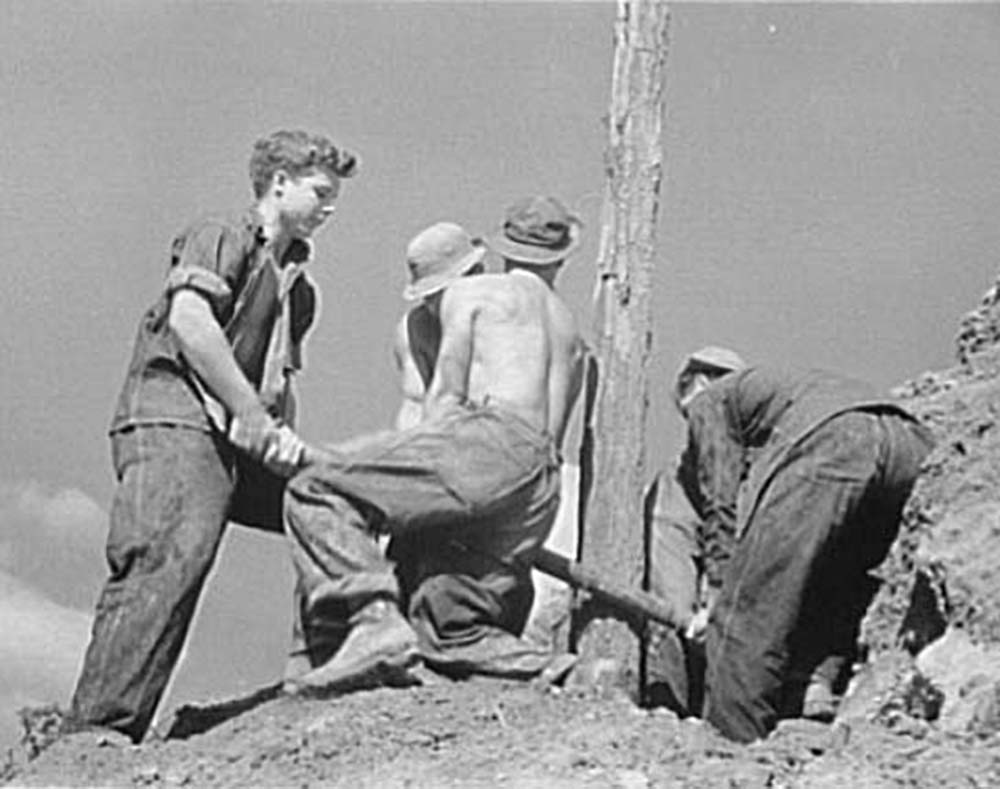
The average CCC enrollee was 17-18 years old, with limited reading and writing capability. Most boys had not completed high school and had only worked occasional odd jobs for $8-$9 per week. Nearly all had unemployed parents. November 1935.
Credit: Office of War Information Photograph Collection -
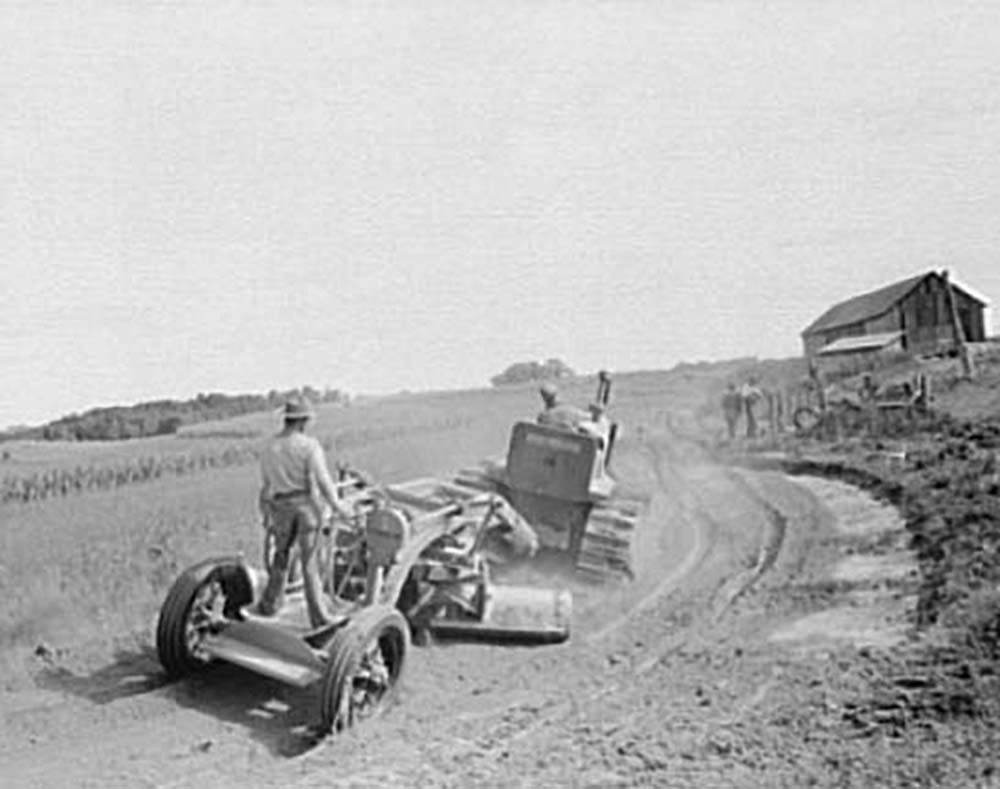
The CCC and the Soil Conservation Service worked together on several projects, particularly reforestation in and around the dust bowl. Here, workers create a diversion terrace to prevent gullying in Vernon County, Wisconsin. September 1939.
Credit: Office of War Information Photograph Collection -
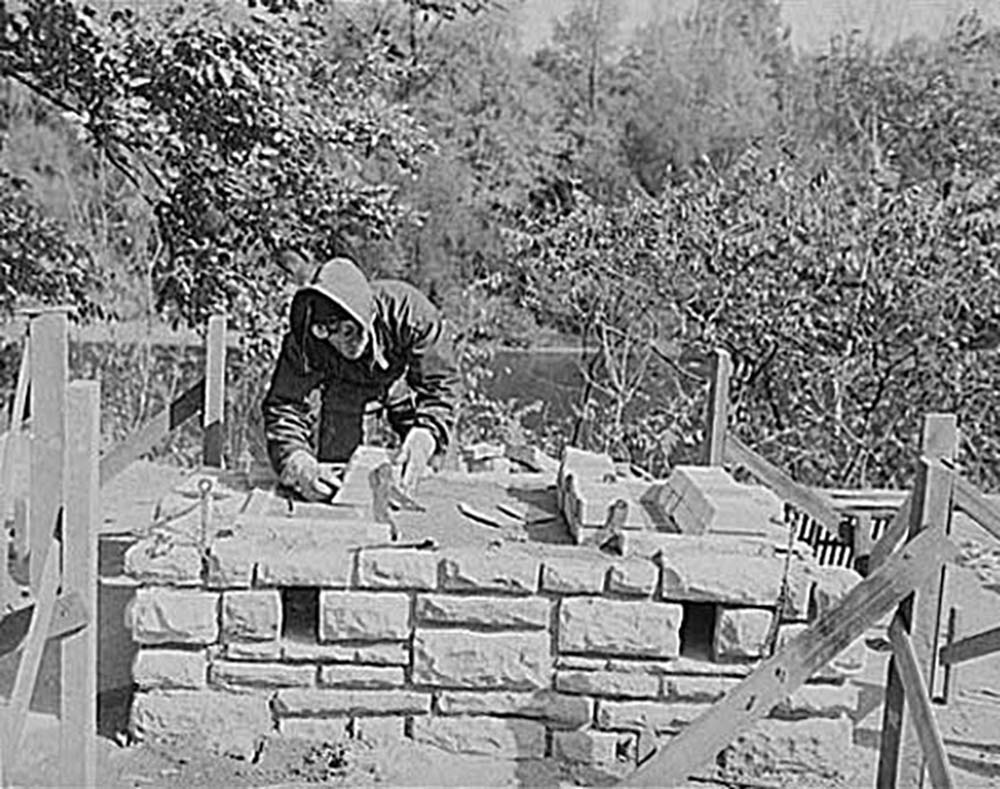
Camps were originally located on National Park Service land near the work projects as well as a railway or highway. Other requirements were the availability of fresh water and lumber and other building materials. This boy builds a charcoal burner for a picnic ground in Ross County, Ohio. October 1940.
Credit: Office of War Information Photograph Collection -
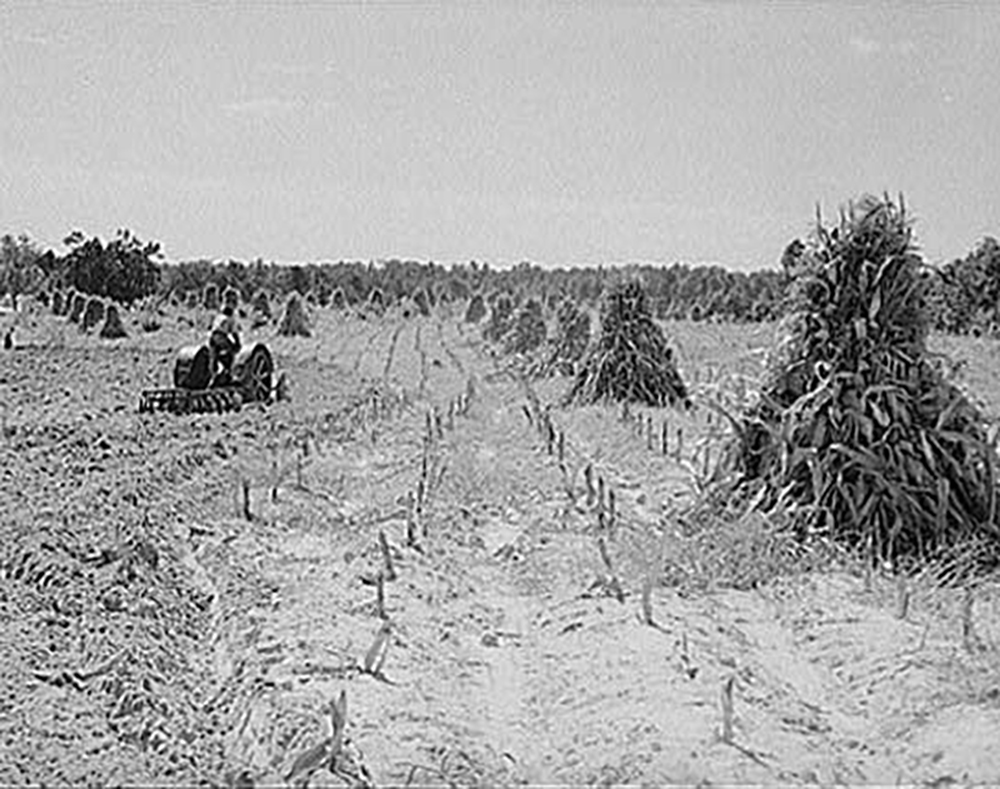
CCC boys seed and prepare a meadow strip for terracing on private property in Caswell County, North Carolina. October 1940.
Credit: Office of War Information Photograph Collection -
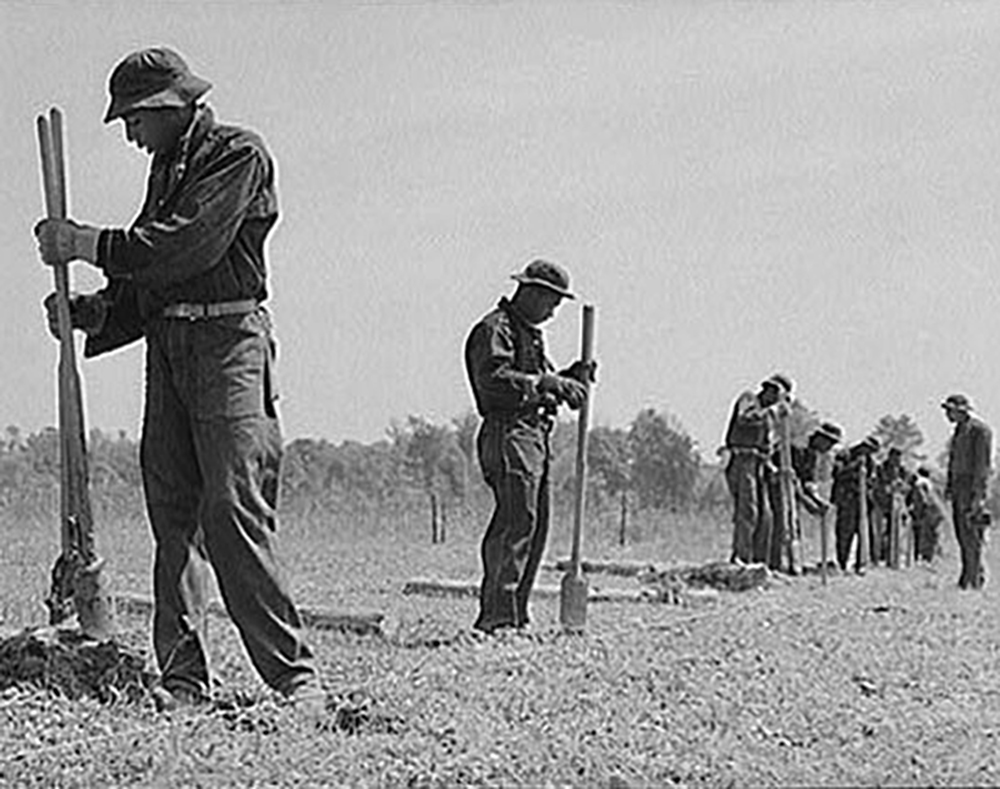
CCC boys putting up a fence in Greene County, GA. One stipulation of the program was that the bulk of the funds would pay for direct labor costs. Special equipment like bulldozers were not generally used as there were enough men who could do the same work. May 1941.
Credit: Office of War Information Photograph Collection -
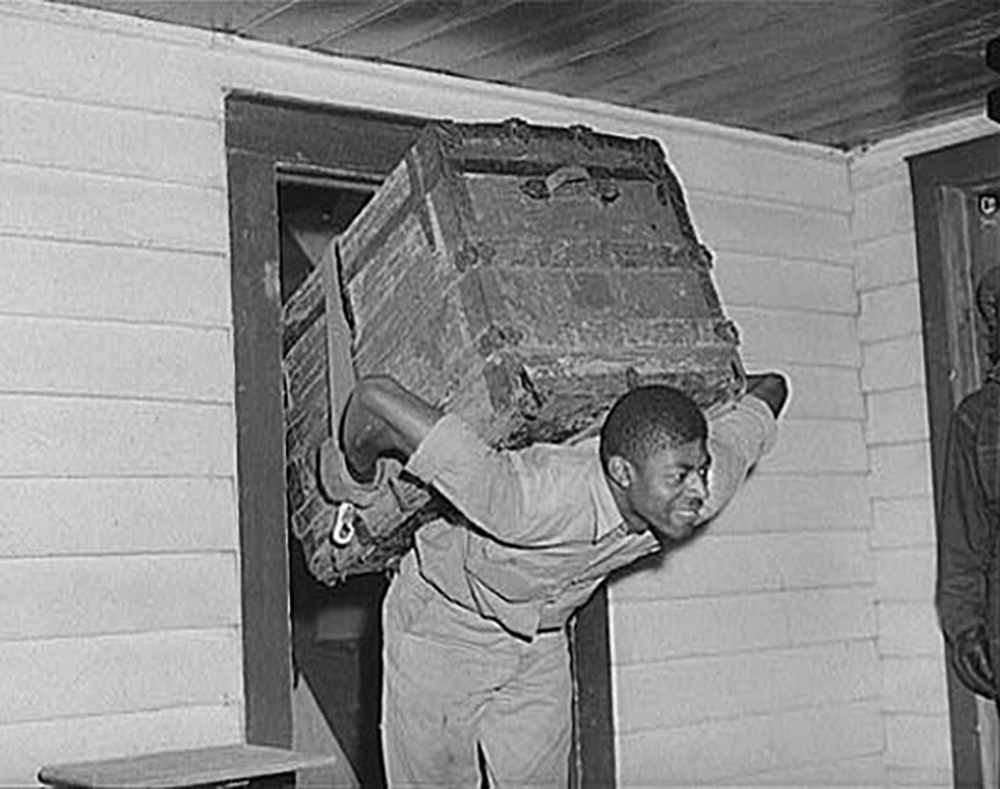
While African Americans lost their jobs at a higher rate during the Depression, CCC Director Robert Fechner ordered black enrollment to remain capped at 10%, mirroring the minority percentage in the U.S. population. In this image, a CCC boy carries a trunk out for a family who is moving out of the area which has been taken over by the Army for maneuver grounds in Virginia. June 1941.
Credit: Office of War Information Photograph Collection -
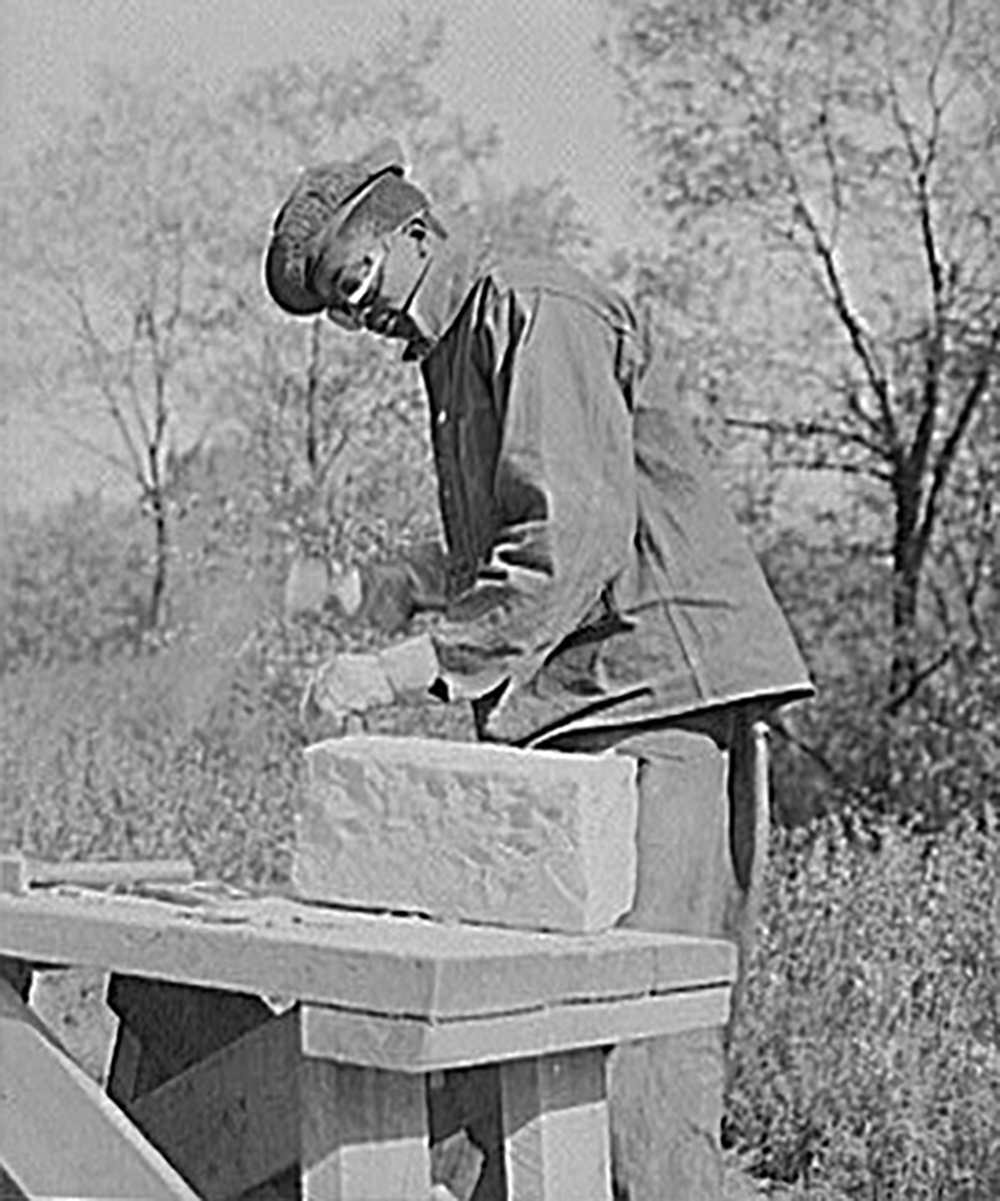
Before it became required, camp segregation was based on state laws and local customs. Camps in the South generally were segregated, and in order to avoid placement near hostile communities officials placed a large number of African American camps on National Park land far away from population centers. October 1940.
Credit: Office of War Information Photograph Collection -
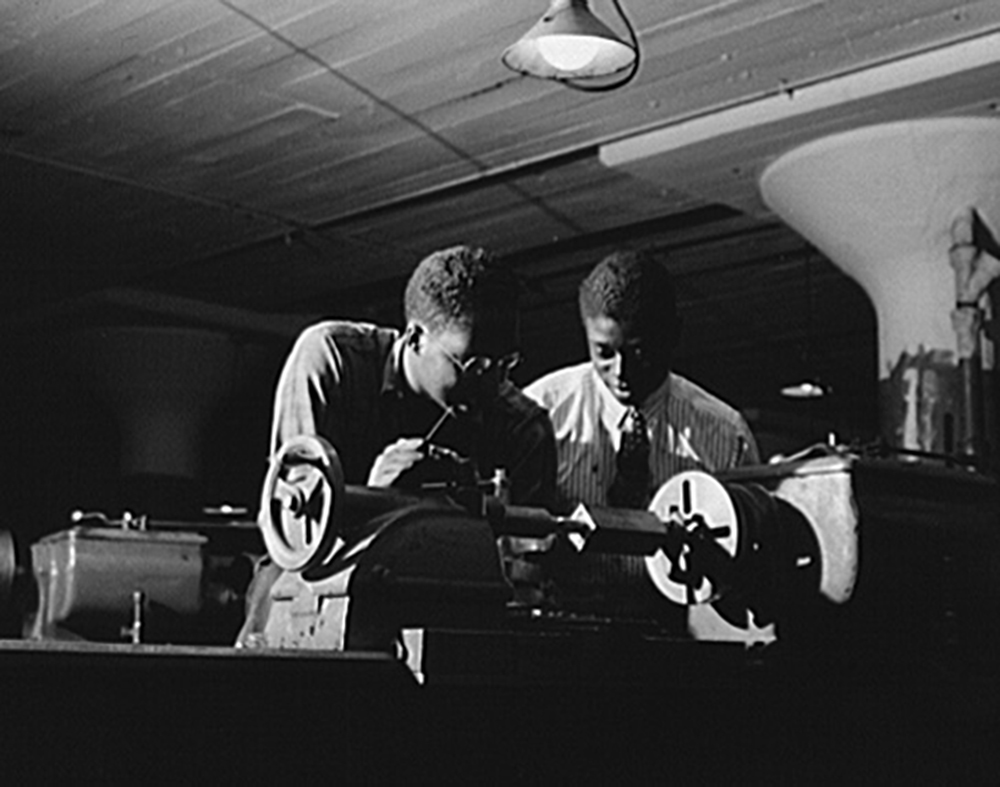
Though there were nearly 150 all-black CCC companies in the program's history, the first all-black camp - with African American superintendents, designers, a commander and his staff - was not established until 1940 in Gettysburg, PA. This image was c. 1941.
Credit: Office of War Information Photograph Collection -
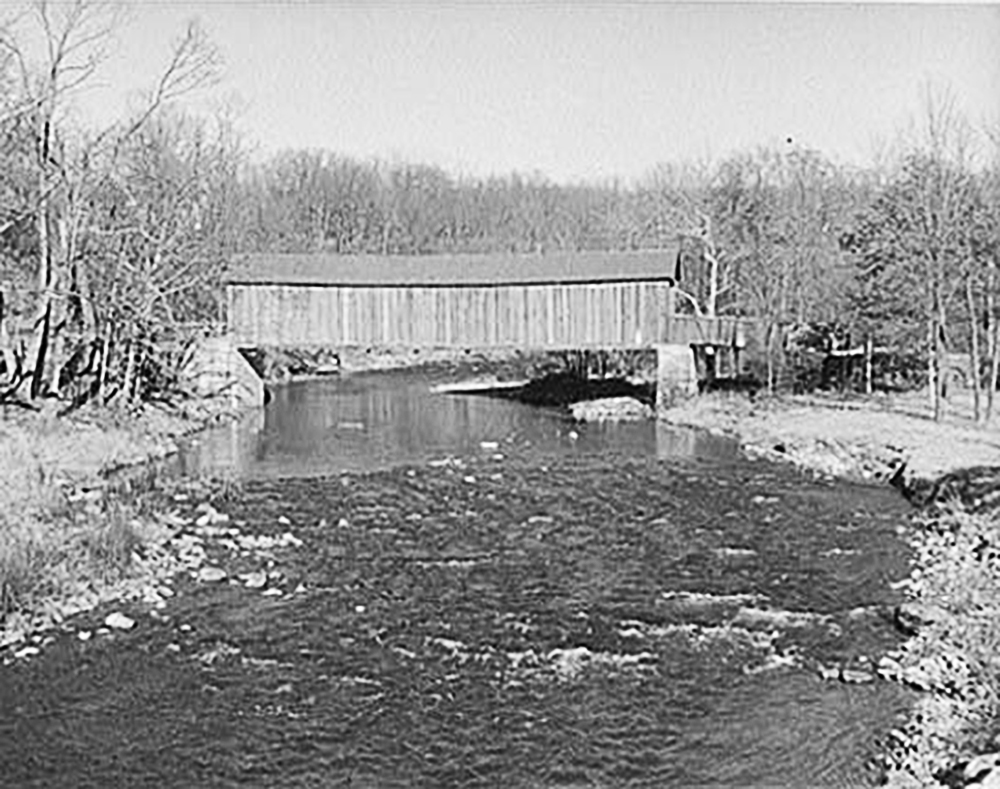
CCC boys repaired the 'old Comstock bridge' near Colchester, CT on Route 16. November 1940.
Credit: Office of War Information Photograph Collection -
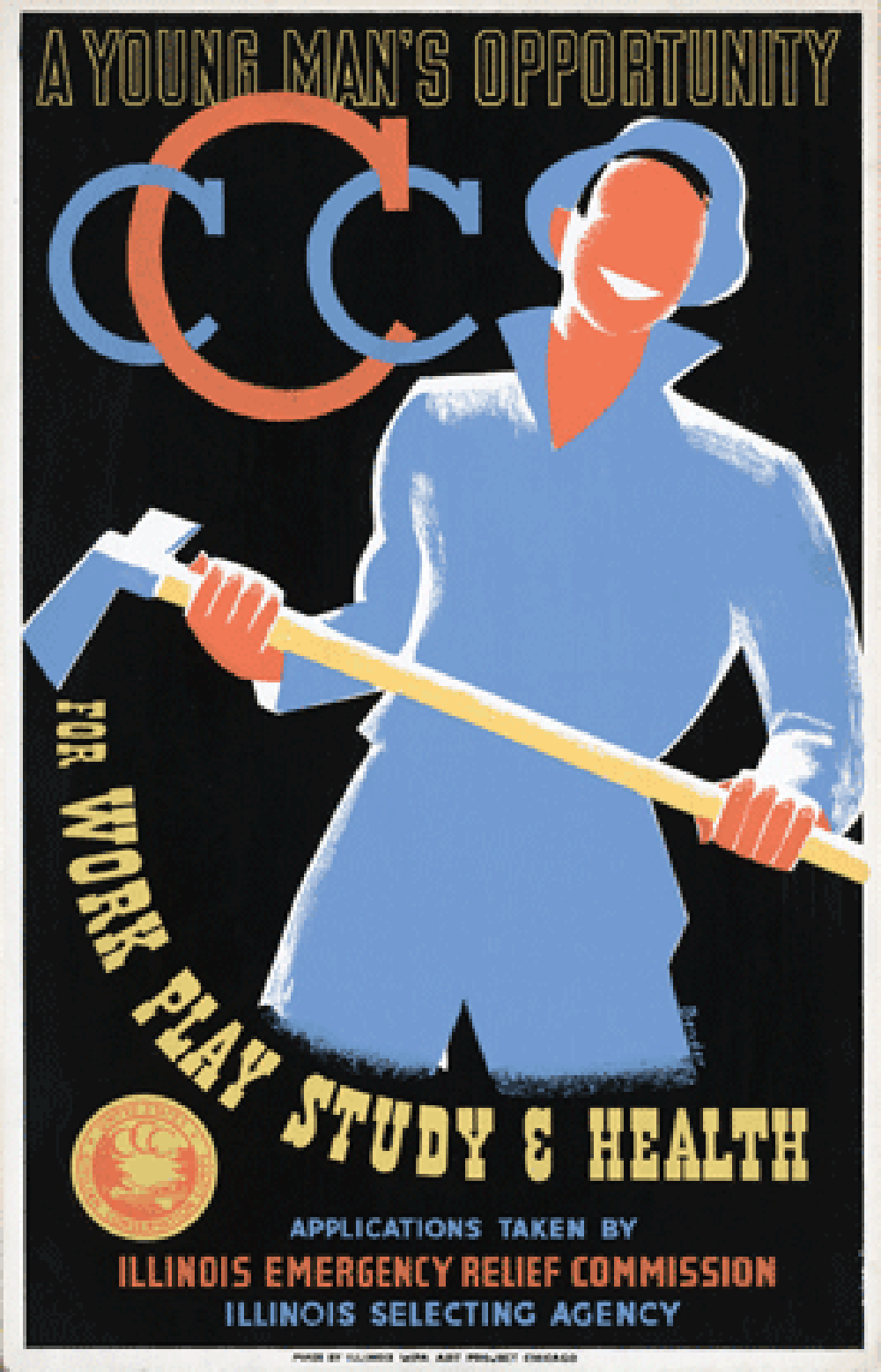
A 1941 poster created by the Illinois WPA Art Project. During the life of the CCC (1933-1942), the 3 million men who served in Roosevelt's Tree Army were credited with planting an estimated 2.3 billion trees.
Credit: Office of War Information Photograph Collection -
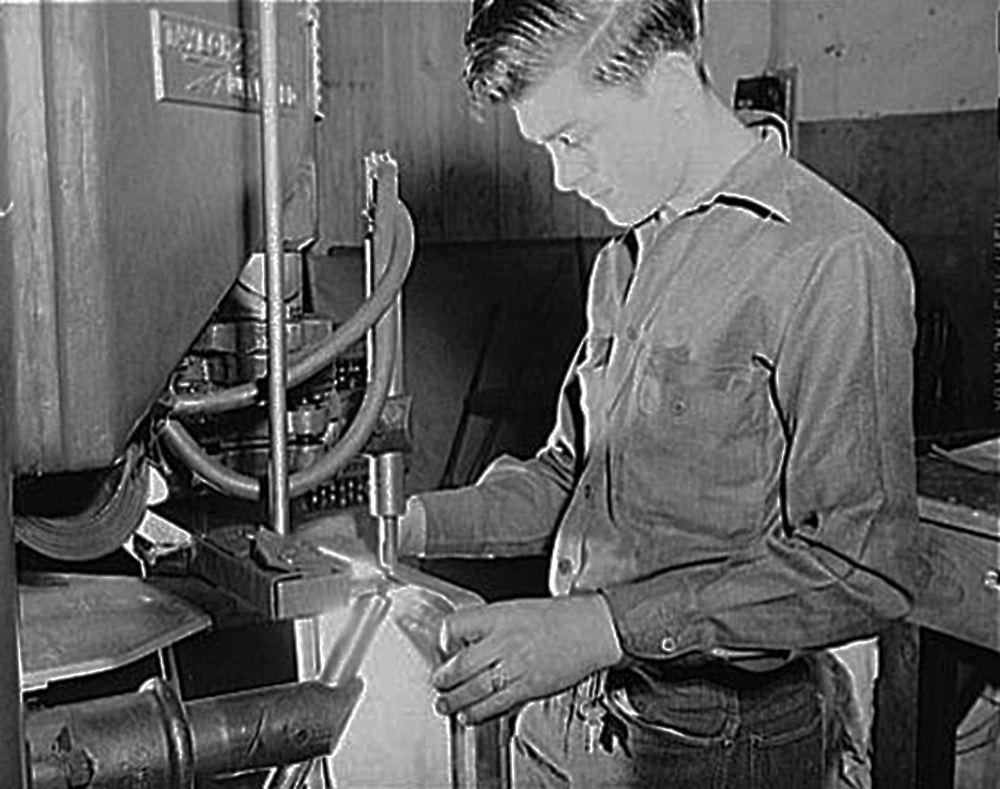
William Choly, 19, from Nesquehoning, PA operates an electric welder at a CCC camp in Bantam, CT. This was one of the new processes brought in to speed up work to fill defense orders. January 1942.
Credit: Office of War Information Photograph Collection -
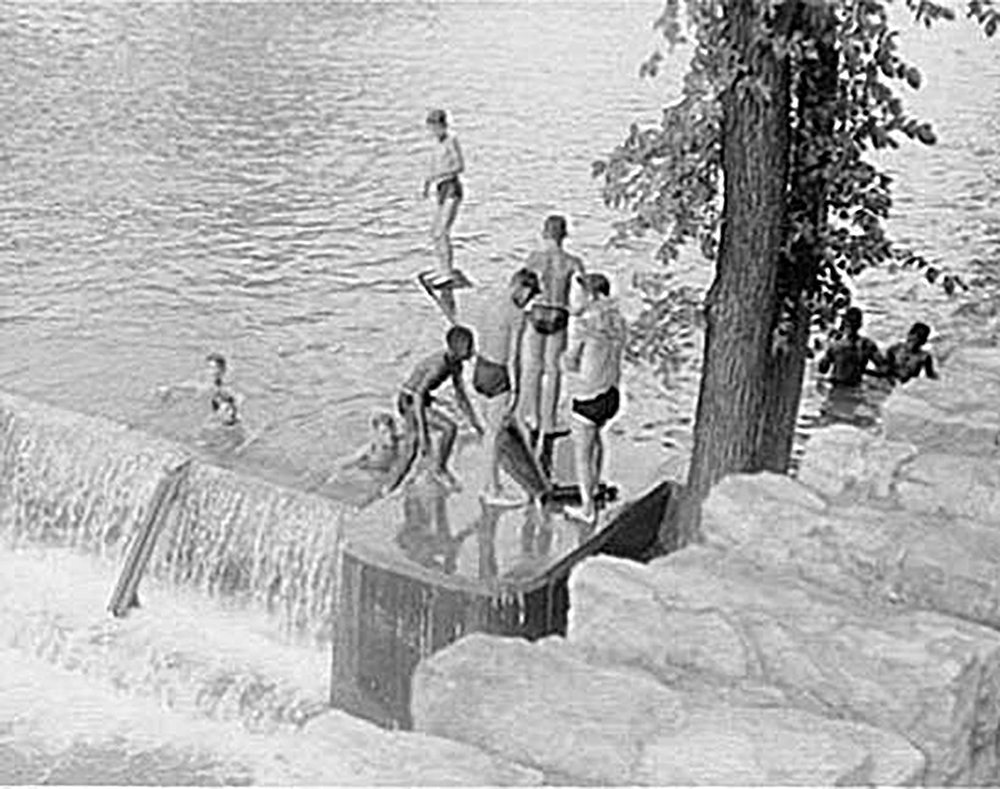
Children play in a pool created by a dam built by the CCC in Huntington, PA in July 1941. The following summer the CCC program was terminated, after putting three million men to work in over 6,000 camps nationwide, and establishing over 800 state parks.
Credit: Office of War Information Photograph Collection




